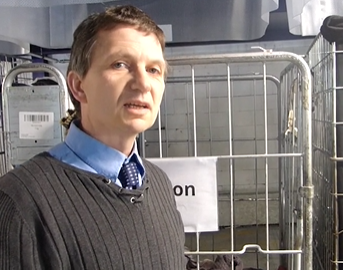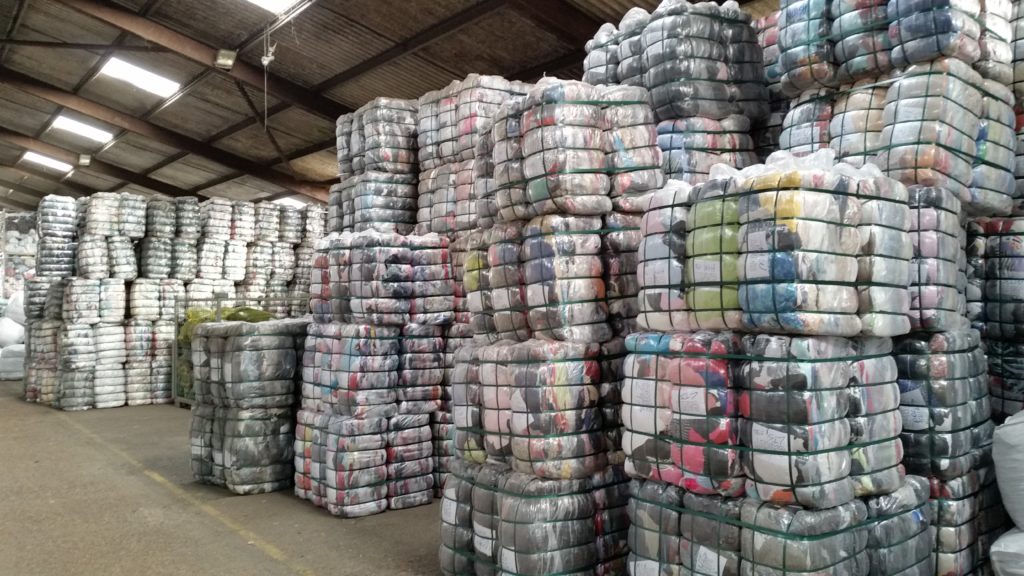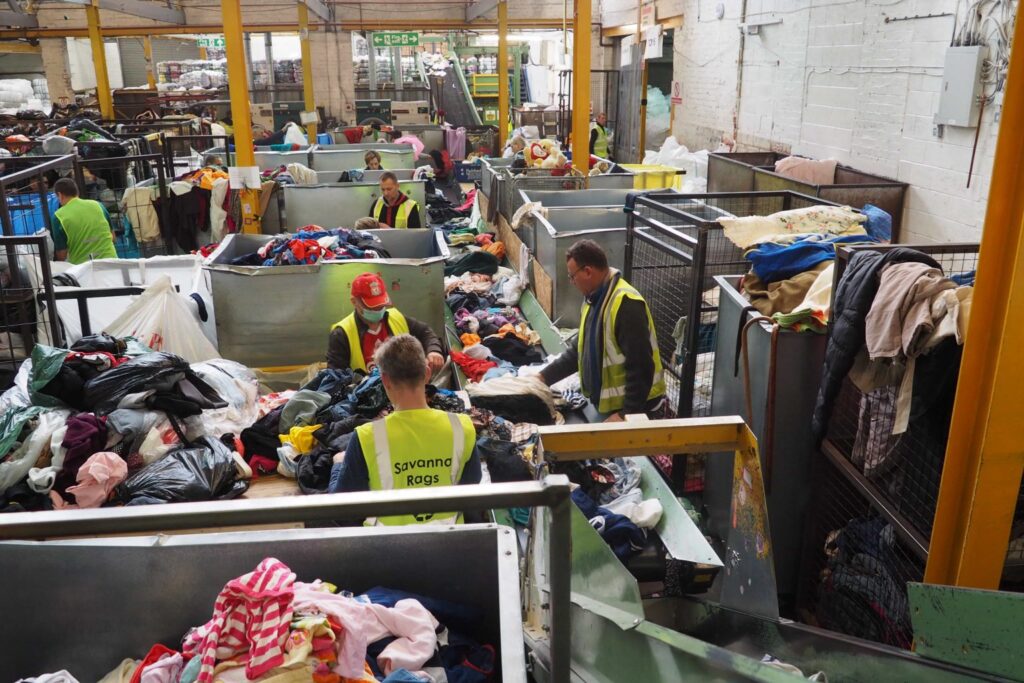The strategy was released yesterday (30 March) and sets out the commission’s stance on several issues relating to textiles, and encourages member states to adopt them.
It was released as part of a number of ‘European Green Deal’ proposals including new rules to make “almost all physical goods on the EU market more friendly to the environment” and “make sustainable products the norm in the EU”.
Export
The commission explained in the strategy that the export of textile waste outside the EU has been “steadily increasing”, to reach 1.4 million tonnes in 2020.
To counter this, the export of textile waste to non-OECD countries would be allowed only if exporters notify to the commission “their willingness to import specific types of waste and demonstrate their ability to manage it sustainably”.
The commission will consider the development of specific EU level criteria to make a distinction between waste and certain second-hand textile product.
With the UK having left the EU, the policy will not apply to textile recyclers in the UK. However, the government has committed to a “review” of regulations every two years.
Any export bans could prove difficult for textile recyclers as the main market for second hand clothes is through export to countries where demand is higher, such as Eastern Europe and Africa.
EPR requirements have proven to be effective
- European Commission
EPR
The commission explained that EPR requirements “have proven to be effective in improving separate collection of waste and its subsequent management in line with the waste hierarchy”.
In this context, the commission will “propose harmonised EU extended producer responsibility rules for textiles with eco-modulation of fees, as part of the forthcoming revision of the Waste Framework Directive in 2023”.
Textiles was one of five areas the UK government committed to consulting on to introduce an EPR system in its Resources and Waste Strategy 2018.
The strategy also reiterates the EU’s commitment for all local authorities to have separate collections of textiles in place by 2025.
Commitments
Other commitments include ensuring that by 2030, “textile products placed on the EU market are long-lived and recyclable, to a great extent made of recycled fibres, free of hazardous substances and produced in respect of social rights and the environment”.
The commission also said there are concerns about claims to use recycled content in clothing, in particular PET plastic.
The strategy said: “Beyond the risk of misleading consumers, such a practice is not in line with the circular model for PET bottles, which are fit for being kept in a closed-loop recycling system for food contact materials and are subject to extended producer responsibility obligations”.
Also, the commission is to outline legislation stopping the destruction of unsold or returned textile – bans on the destruction of unsold products.
UK supply chain

In response to the strategy, the Textile Recycling Association is calling for a “holistic approach” to be taken by stakeholders to address UK textile supply chain, with steps to increase re-use and recycling forming a cornerstone.
Alan Wheeler, chief executive of the association, said: “The Textile Recycling Association welcomes the pledge by the EU to implement regulatory measures such as Extended Producer Responsibility and to ensure that a notable share of contributions made through EPR will go towards waste prevention, re-use and recycling.
“We would like to see the UK Government make a similar commitment to introducing EPR when they publish their consultation on this issue later this year. However, it is important to look at making improvements along the entire supply chain and put measures in place to increase demand for recycled content in new clothing”.









Subscribe for free